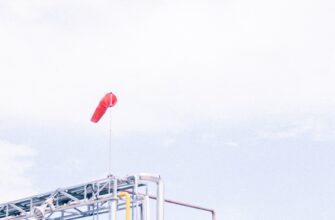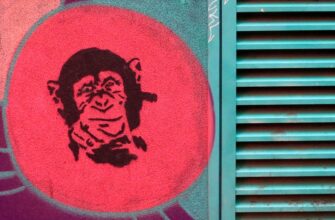## Understanding the USD to Naira Exchange Rate Today
The USD to Naira exchange rate is a critical economic indicator affecting millions of Nigerians daily. As of today, the USD rate in Nigeria fluctuates between **₦1,480 – ₦1,520** at the official market and **₦1,520 – ₦1,580** in the parallel market (black market). These rates are influenced by oil prices, Central Bank of Nigeria (CBN) policies, and foreign investment flows. For real-time updates, always verify with authorized dealers like banks or licensed BDC operators.
## Key Factors Driving Today’s USD/Naira Rate
1. **CBN Monetary Policies**: Interest rate adjustments and forex allocation strategies directly impact liquidity.
2. **Oil Price Volatility**: Nigeria’s dollar supply heavily depends on crude oil exports.
3. **Inflation Trends**: Nigeria’s rising inflation (currently ~34%) weakens the Naira’s purchasing power.
4. **Foreign Reserves**: Declining reserves limit CBN’s ability to defend the Naira.
5. **Speculative Trading**: Parallel market activities often widen the gap with official rates.
## Current USD/Naira Exchange Channels Compared
– **Official Market (NAFEM)**:
– Rate: ₦1,480 – ₦1,520 per USD
– Best for: Large transactions, importers, and CBN-approved deals
– **Parallel Market**:
– Rate: ₦1,520 – ₦1,580 per USD
– Best for: Urgent personal transactions with faster access
– **Bank Rates**:
– Typically align with NAFEM but include service fees
– **Fintech Apps (e.g., Wise, Binance)**:
– Offer competitive rates but face regulatory uncertainties
## How to Secure the Best USD Rate in Nigeria
Follow these actionable strategies:
* **Monitor CBN Announcements**: Policy shifts often precede rate changes.
* **Use Limit Orders**: Set target rates on licensed platforms to automate purchases.
* **Avoid Peak Demand Periods**: Rates spike during holidays or import seasons.
* **Verify BDC Licenses**: Only trade with CBN-approved bureaux de change.
* **Diversify Channels**: Compare bank, fintech, and official market rates before transacting.
## Historical USD/Naira Trends: 2020-Present
– **2020**: Average rate: ₦380/$ (official), ₦480/$ (parallel)
– **2021**: Devaluation to ₦410/$ (official); parallel hit ₦570/$
– **2022**: CBN unification attempts; parallel peaked at ₦735/$
– **2023**: Floatation policy caused 40% devaluation; rates crossed ₦1,000/$
– **2024**: Continued volatility with rates exceeding ₦1,500/$ amid inflation
## Economic Impact of USD/Naira Fluctuations
Rising dollar rates directly affect:
– **Imported Goods**: Higher costs for fuel, electronics, and raw materials
– **Inflation**: 90% of Nigeria’s manufacturing relies on imported inputs
– **Debt Servicing**: Government spends 96% of revenue on debt repayment
– **Foreign Investment**: Currency instability deters overseas capital
– **Remittances**: Diaspora Nigerians get more Naira per dollar sent
## USD Rate Today: FAQ Section
### Why does Nigeria have multiple exchange rates?
Nigeria operates a dual-rate system to manage forex scarcity. The official market prioritizes essential imports, while the parallel market serves retail demand. Recent CBN reforms aim to unify these rates.
### Where can I check live USD to Naira rates?
Reliable sources include CBN’s website, financial platforms like Nairametrics, and licensed BDC associations. Avoid unverified social media pages.
### Will the Naira strengthen against the USD soon?
Analysts project short-term volatility due to inflation and low reserves. Long-term stability depends on oil production increases and export diversification.
### Is it legal to use the parallel market?
While trading physical cash outside official channels is illegal, peer-to-peer (P2P) transfers via fintech apps operate in a regulatory gray area. Always prioritize CBN-approved methods.
### How do CBN policies affect the USD rate?
CBN uses tools like interest rate hikes, forex rationing, and direct dollar sales to banks. Recent moves include clearing $7 billion forex backlog and raising rates to 26.25% to curb inflation.
## Final Insights
Tracking the USD rate today in Nigeria requires vigilance amid rapid market shifts. While the official-physical market gap has narrowed from 60% to under 5% in 2024, challenges persist. For optimal forex decisions, combine real-time data from trusted sources with expert analysis. Bookmark financial authority portals and set rate alerts to navigate Nigeria’s dynamic currency landscape confidently.








